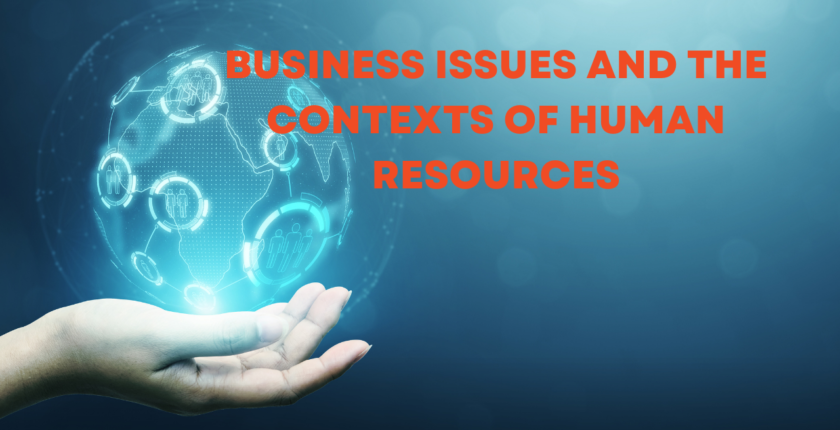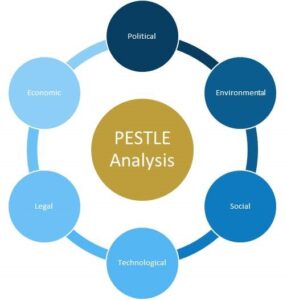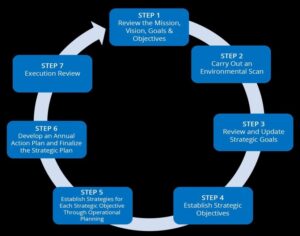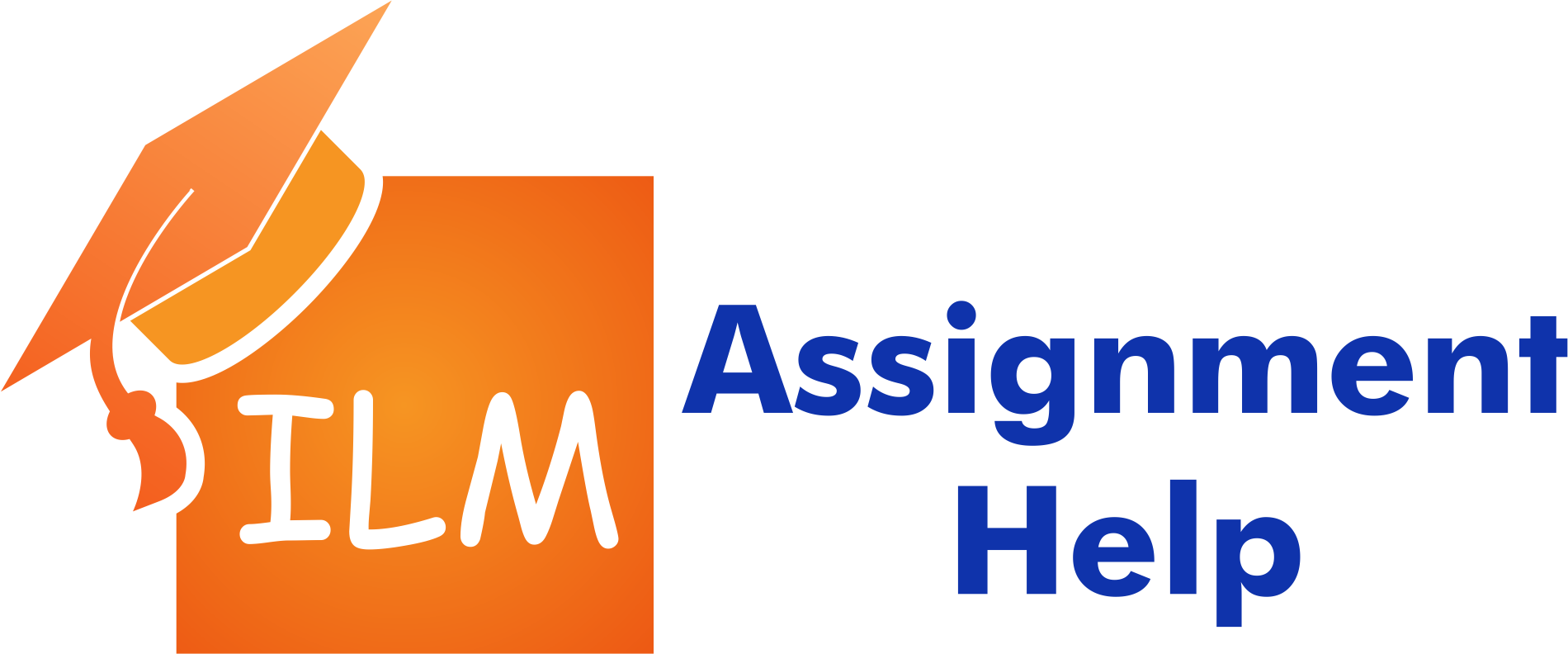Did you enjoy our articles?
Click the order button below to get a high-quality paper.
You can talk to the writer using our messaging system and keep track of how your assignment is going.
Order Now / اطلب الان
Changes in the business environment require HR professionals to understand modern business administration better. This module allows learners to assess the external business environment to identify issues affecting an organisation’s functioning. In this sense, the module provides learners with some encouragement to find solutions to issues that may arise that affect the normal functioning of an organisation. In addition, this module, Business Issues and the Contexts of Human Resources, will prepare learners to understand how HR is involved in all areas of an organisation. Therefore, HR professionals should be involved in the planning process to promote effective organisational strategies.
As a tool for evaluating the external factors affecting businesses and HR functions, PESTLE analysis is a well-recognised approach. The PESTLE acronym stands for political, economic, social, technological, legal, and environmental elements.

Human resources professionals have a role in anticipating how organisations may change. By taking this unit, students learn to understand strategies for enhancing change. In addition, they learn about the strategies and activities involved (CIPD, 2015). In addition to providing information about the changes in HR practices, the unit also provides information about the changes in organisations that affect HR functions such as recruitment, selection, employee rights, and other HR practices.
The changing nature of the business environment has forced organisations to align their strategies with competition, which requires HR professionals to implement different approaches to help the business achieve a competitive advantage. Based on this perspective, the module has developed the Ulrich model, which evaluates the nature of collaboration among the teams within the business platform (Ulrich, 1995). One of HR’s responsibilities is to ensure that business value is attained and agendas are met.
Business analysis tools include SWOT (strengths, weaknesses, opportunities, and threats) analysis, PESTLE analysis, and Porter’s Five Forces Model (competition among competitors, threats of new entrants, buyers’ bargaining power, suppliers’ bargaining power, and substitute products). With the help of these tools, HR professionals gain insight into how to deal with business issues, and in the process, determine the nature of organisational success. In this unit, learners will learn about the differences between the tools identified and how they are used to help analyse the external business environment to determine the nature of organisational competitiveness. As a result of the current Coronavirus pandemic, Ritter and Pedersen (2020) provide an excellent example of how the tools will help organisations find different issues that need to be addressed.
As a part of the understanding of strategy formulation, the unit relates to various approaches, such as the rational approach, where senior managers take responsibility for monitoring the business environment internally and externally. Second, the emergent strategy approach has to do with the emerging issues and the role of business management and human resources in responding to them. Third, there is the symbolic approach, and different approaches must be considered to determine whether a business can succeed in changing work environments.
There are three levels of strategy: corporate strategy, competitive strategy, and operational strategy, and learners should relate these to understand how strategies are formulated. Below is an illustration of how strategies are formulated;

Human resources contribute significantly to business ethics in organisations because their contributions determine how well the organisations adapt to the ethical policies that govern how they do business. The HR department in organisations is accountable for considering how the business interacts with stakeholders. Learning about employee rights and values should be taken into consideration. Learners taking this unit should focus on facilitating and learning the most significant attributes relating to developing an ethical and accountable culture.
Different business planning tools include benchmarking, Lewin transitional models, value chain analyses, and balanced scorecards. Business managers can use these tools to evaluate the performance of their business in a changing environment, and in the process, decide whether sustainability development should be enhanced.
In determining business objectives and measuring performance, HR has an important role to play. In other words, learners should focus on promoting their expertise to ensure that they successfully promote the company within the organisation in the best way possible. Furthermore, for HR to adapt to change, it needs to constantly communicate with the business stakeholders to be made aware of the new issues and encourage employee engagement (CIPD, 2015). Additionally, promoting learning and development is an HR role that helps professionals deal with the changes and draw conclusions related to the crucial issues considered part of the organisational planning process.
Students taking this course should understand both the sources and uses of HR and business data to grasp the relevance of business issues. There can be external or internal data, but it’s used that determines the types of decisions the HR department makes to impact the planning, functions, and overall outcome of the business. Hence, upon completing the course, information on different data sources will be valuable in determining how successful the businesses are in enhancing organisational development and success.
At the end of the unit, the leaders should:
The course provides information on the steps to address business and development issues, making it suitable for all individuals seeking to develop and grow their careers in HR management. As a result of completing this unit, learners will gain insight into the knowledge and skills they need to manage change within the workplace. Moreover, they will know human resources policies and practices that contribute to an ethical work environment.
Related Articles:
Click the order button below to get a high-quality paper.
You can talk to the writer using our messaging system and keep track of how your assignment is going.
Order Now / اطلب الان
